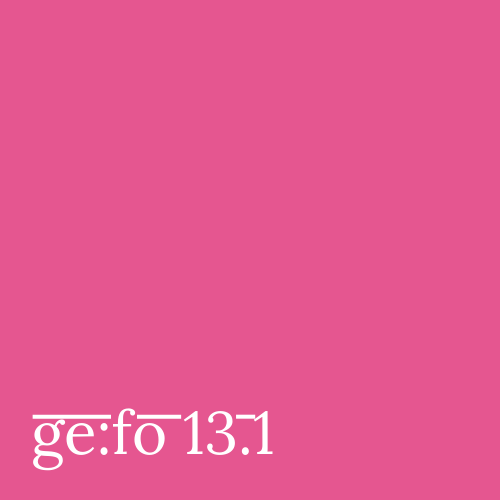"Not Like the Rest of Us" - Masculine Idyll and the (Im)possibility of Love in Gore Vidal's The City and the Pillar
DOI:
https://doi.org/10.18716/ojs/gefo/2014.2626Keywords:
Gore Vidal, The City and the Pillar, R.W. Connell, hegemonic masculinity, homosexual identity, fetishAbstract
Gore Vidal's controversial fourth novel The City and the Pillar (1948), has been noted for its explicit portrayal of homosexuality in post-World War II. America and its investment in dissolving the asserted dichotomy of masculinity and same sex desire. Its protagonist Jim Willard has been mostly characterized as self-involved in his endeavor to reconcile dominant gender narratives and his sexual attraction to other men. The masculine idyll he fetishizes in his imagination, in most existing analyses of the novel, seems to paralyze his ability to actually engage with others, to direct his desire outward and render love and kinship impossible. In the following essay, I will offer a reading that circumvents a definition of desire as being intrinsically tied to the self-contained ego. I seek to show how the relation of homosexual individual and the external world, including homosexual subculture as well as heteronormative mainstream culture, is regulated by culturally and socially prescribed narratives of manhood. R.W. Connell's concept of hegemonic masculinity will be incorporated in this analysis to account for the constitutive power of masculinity in constructing a subject position that tries to mend the gap between gender and sexual identity. The aim of this essay is to explore how Vidal's novel negotiates the struggle of the homosexual individual to express and pursue love and desire while still adhering to a standardized normative masculinity.



